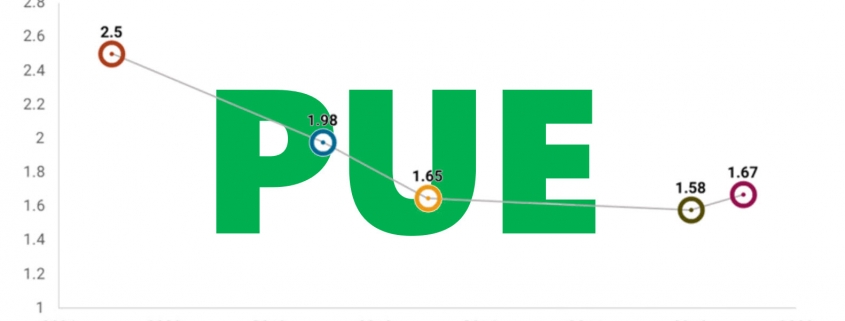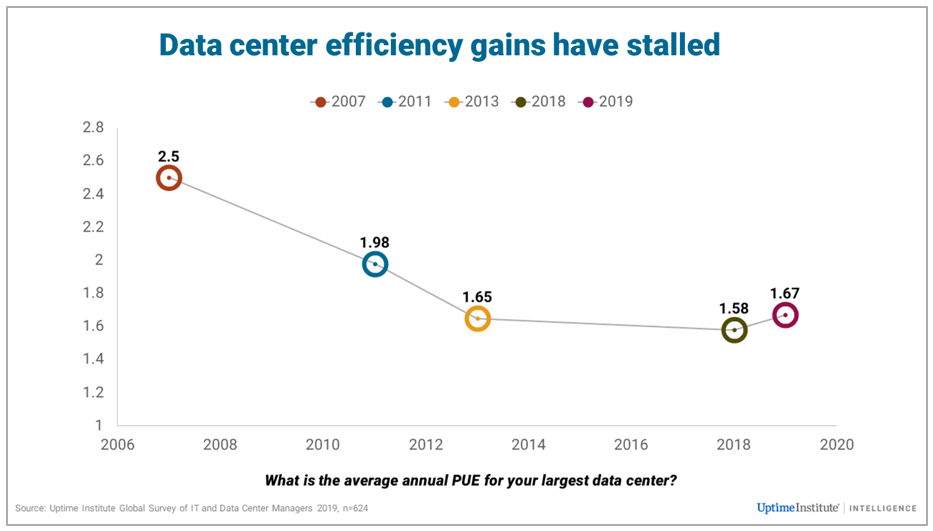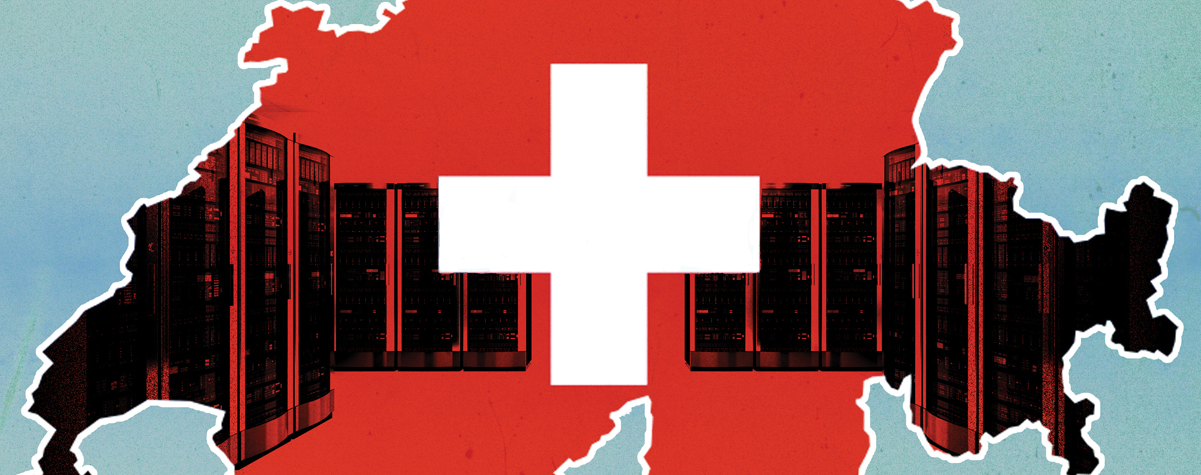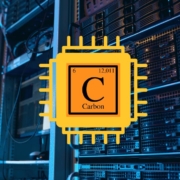Is PUE actually going UP?
One of the more intriguing results of the Uptime Institute Global Data Center Survey 2019 concerned energy efficiency. For years, data centers have become ever more efficient, with power usage effectiveness (PUE) ratings across the industry (apparently) falling. Big operators, such as hyperscale cloud companies and big colos, regularly claim annual or design PUE figures between 1.1 and 1.4. It is an industry success story — a response to both higher power prices and concerns about carbon dioxide emissions.
Uptime Institute has tracked industry average PUE numbers, at intervals, over 12 years (see figure below). And this year, for the first time, there was no recorded improvement. In fact, energy efficiency deteriorated slightly, from an average PUE of 1.58 in 2018 to 1.67 in 2019 (lower is better). Can this really be right, and if so, how do we explain it?
The first question is, “Is the data good?” Our respondents are informed (data center operations staff and IT management from around the world) and our sample size for this topic was quite large (624) — those who didn’t know the answer were taken out of the sample. And while there may be a margin of error, we can already see on a year-by-year basis the improvements have flattened out. We can at least conclude that energy efficiency has stopped improving.
The number is also realistic. We know that most operators cannot compete with the finely tuned, aggressively efficient hyperscale data centers in energy efficiency, nor indeed with newer, highly efficient colocation sites. As we said, in these sectors, PUE values of 1.1 to 1.4 are frequently claimed.
What explanations do we have? It is speculation, but we think that several factors could have caused a slight, and probably temporary, halt in PUE improvements. For example, the higher and extreme temperatures experienced in the last year in many parts of the world where data centers are situated could account for increased use of cooling and, hence, higher PUEs. Another factor is that utilization in many data centers — although certainly not in all — has fallen as certain workloads are moved to public cloud services. This means more data centers may be operated below their optimal design efficiency, or they may be cooling inefficiently due to poor layout of servers. Another possible reason is that more operators have higher density racks (we know to this from separate data). This may push cooling systems to work harder or to switch from free cooling to mechanical modes.
Certainly, there is an explanation for the flattening out of the numbers over the 12 years. The most dramatic increases in energy efficiency were achieved between 2007 and 2013, often by taking steps such as hot/cold air separation, raising temperatures, or applying more control on cooling, fans and power distribution. The widespread adoption of free air cooling (direct and indirect) in newer builds has also helped to bring the overall level of energy use down. But it is clear that the easiest steps have largely been taken.
Even so, we do still find these results a little puzzling. Smaller data centers tend to have much higher PUEs and we know there is an industry trend of consolidation, so many are closing. And most colos, a thriving sector, have PUEs below 1.5. Finally, of course, is the addition of new data centers — which tend to have lower PUEs. These factors, coupled with the overall improvement in technology and knowledge, mean PUEs should still be edging down.
One thing we do know and must emphasize: The average PUE per data center does not equal the overall PUE per kW of IT load. This is undoubtedly going down, although it is harder to track. Our data, along with everyone else’s, shows a rapid growth in the proportion of workloads in the public cloud — and there, PUEs are very low. Similarly, more work is in large colos.
But it would also a mistake to think this is the solution. Most mission-critical enterprise IT is not currently going into the public cloud, and enterprise energy efficiency remains important.
A final point: PUE is not the only or even the most important metric to track energy efficiency. Data center operators should always watch and understand the total energy consumption of their data centers, with the goal of improving both IT and facility energy efficiency.
—————————————————————————————————————————————————-
The full report Uptime Institute global data center survey 2019 is available to members of the Uptime Institute Network here. Our upcoming webinar (May 29, 2019 at 12 noon EDT) discussing the survey results is open to the general public.

 Uptime Institute
Uptime Institute




 2019
2019


 Uptime Institute, 2019
Uptime Institute, 2019 Getty Images
Getty Images